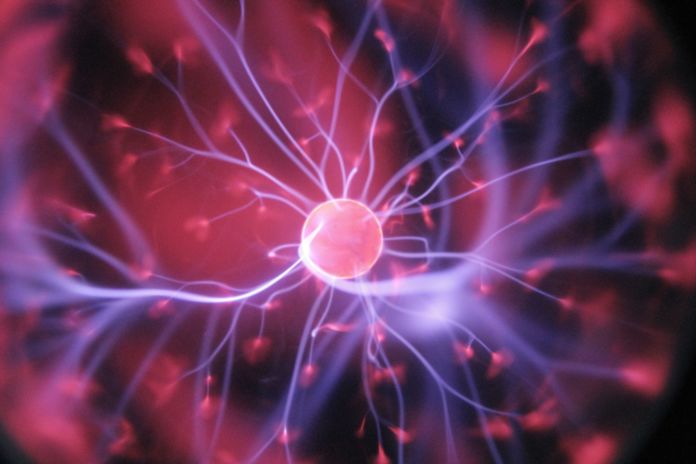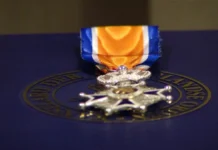“What a cool idea! .. to use the best technologies from CERN for new earth-shattering applications .. this is incredible fun .. wow!”. This was Guus Frericks, CEO of HighTechXL, fully motivated and beaming with enthusiasm.
It was 10th December, the Finals of the CERN Acceleration Program, which started early 2018. The various teams had put in many months of hard work, into this intensive program from HighTechXL. The results today were simply out-of-this-world and they even have a new name for this. We now have a new buzz-word, called “Deep Tech”!
CERN Technology
Conseil Européen pour la Recherche Nucléaire (CERN), founded in 1953 in Geneva. Managed by top European scientists, CERN houses the largest working laboratory, Hadron Collider. This spans 27km and 100m underground, accelerating protons near the speed of light, in 2 opposite directions. This collision generates terabytes of data per second, in an attempt to study the fundamentals of particle physics. Not surprisingly, CERN technologies have played significant roles in other modern-day industries, such as Aerospace, Medical, Safety, and other new Emerging Technologies.
Earlier this year, a select team from HighTechXL visited CERN to discuss possible new applications with their multitude of patents. This successful team from Eindhoven, since then has permission to use 3 key patented technologies. The challenge was to develop applications which would benefit from these technologies.
These 3 key-technologies were RFQ for sensors, laser for communications and carbon dioxide for cooling.
Hackathon and Acceleration Program
A new twist to the traditional Start-Up program since it is a known technology and the goal was to find a suitable application (business as the customer). As explained by Jost Faganel, Program Manager, “it was a complex process, an emotional roller-coaster of uncertainties to steer the teams towards creating the bankable businesses”.
RFQ
 Photo by: Joao-Marcelo-Marques
Photo by: Joao-Marcelo-Marques
Did you know that the world population increased from 1.5 to 6.1 billion in just last 100 years? And we are expecting to be about 8 billion in the next 20 years! With limited agricultural resources, we need to be very efficient at maximizing our crop production. This means we need to know exactly what to do. Absolutely, no room for mistakes! But how do we know which minerals are missing from the fields, and where? Though farmers currently do sampling tests, this is never accurate for the full field and takes days to weeks to process. This is not an efficient process, based on cost and production yields.
Well CERN has developed the wonderful RFQ technology. With this, we are now able to scan agricultural fields, to measure the mineral content up to 30cm deep in the soil. This gives exactly what a farmer needs, with a clear location of the mineral types found, in the soil. This now helps the farmer to identify exactly what fertilizers needed, for which crop, how much to add, and where to add them. According to Ingrid Romeijn, CEO of Dymaxion-Agro, “the farmers now have a technically guaranteed process for maximum success!”
But wait, this RFQ technology has already created a second Start Up, called Dynaxion-Security. This uses the sensor technology towards scanning contents within parcels, containers at harbours and even passenger luggage coming off the belt at airports. According to Cor Datema, CEO of Dynaxion-Security, this is a “revolution in Security”, with an estimated 100billion packages being transported with e-commerce. At best, 80% are checked with traditional x-ray technology. But with RFQ technology, we know the exact composition with zero mistakes. A process which can be automated and scaled up, which is a huge step forward on the global war on drugs and terrorism!
Laser
 Photo by: Nasa
Photo by: Nasa
We have about 2000 active satellites orbiting the planet right now. Sadly, we are unable to send data efficiently between satellites. Yes, we still depend on old technology, where we transmit data from the satellite to earth. This is then transmitted over landlines to remote locations. And finally transmitted from earth. back up to the satellite(s). However, with patented CERN technology, we may have a solution. With their technology, we are able to make a powerful focused laser beam that is extremely accurate over long distances. This would allow data transmission directly between satellites. According to Luis Pedro Oliveira, CEO of Microspot-Communications, “this is faster, cheaper and can support a much higher amount of data than current technologies”. Indeed, this will be a huge step forward for global communications and connecting the planet in the near future!
Just as the previous technology, according to Edzard Janssens, CEO of Microspot-Metrology. The new type of lasers from CERN technology is extremely accurate and structured. As such, he has spun-out to form a separate group, working together with ASML to focus on improving the accuracy of measurements. This is still in its infancy stages though. In the view of ASML spending 100mEuros in 2018 on measurement systems, that is an indication for a high demand for accuracy into the depths of nanometers!
Carbon Dioxide
 Photo by: Joshua-Hoehne
Photo by: Joshua-Hoehne
Is your computer stuck at a speed limit? What if you wanted to speed up your computer at home, what would you do? Yes, like most people, we would probably just buy a new computer. But did you know, that if you were to cool your processor, you could gain higher performance? Yes, welcome to the world of High-Performance Computing, where companies are pushing for faster computer processing speeds. This is critical, to get ahead of the competition, to be the fastest and often at any price.
Cooling system innovation
At CERN, they developed the best environment-friendly cooling system, using carbon dioxide. In fact, this patented technology offers an opportunity for low temperatures, down to -45 degrees Centigrade at very stable conditions. In fact, CERN themselves are evaluating this system for their own in-house computing infrastructure. This project has now gained momentum. The first prototype has been successfully tested at Nikhef (National Institute for Subatomic Physics), Amsterdam. This is now being adapted for the pilot phase for several other companies. According to Rudie Verweij, CEO of Incooling, and “Entrepreneur of the Year” feels that “we are at the brink of a huge breakthrough for Computing Technology. This will soon be mainstream in the coming 5 years”, and there will be no more speed-limits for us!
Next steps?
Certainly, it was a great day. We also had pitches from DSM on the future of 3D printing. All teams were a phenomenal success, and secured substantial support towards building their businesses for next steps. According to Anique Soetermeer, Co-Founder of HighTechXL, “this is only the start of better things to come”. This is the first of the series while the next event will be in April 2019.
Suggest to sign-up early for the upcoming events at the High-Tech Campus.
See you there!
For Eindhoven News: Aroop Bhattacharjee
Main Photo by: Hal-Gatewood
Edited by: Beena Arunraj








